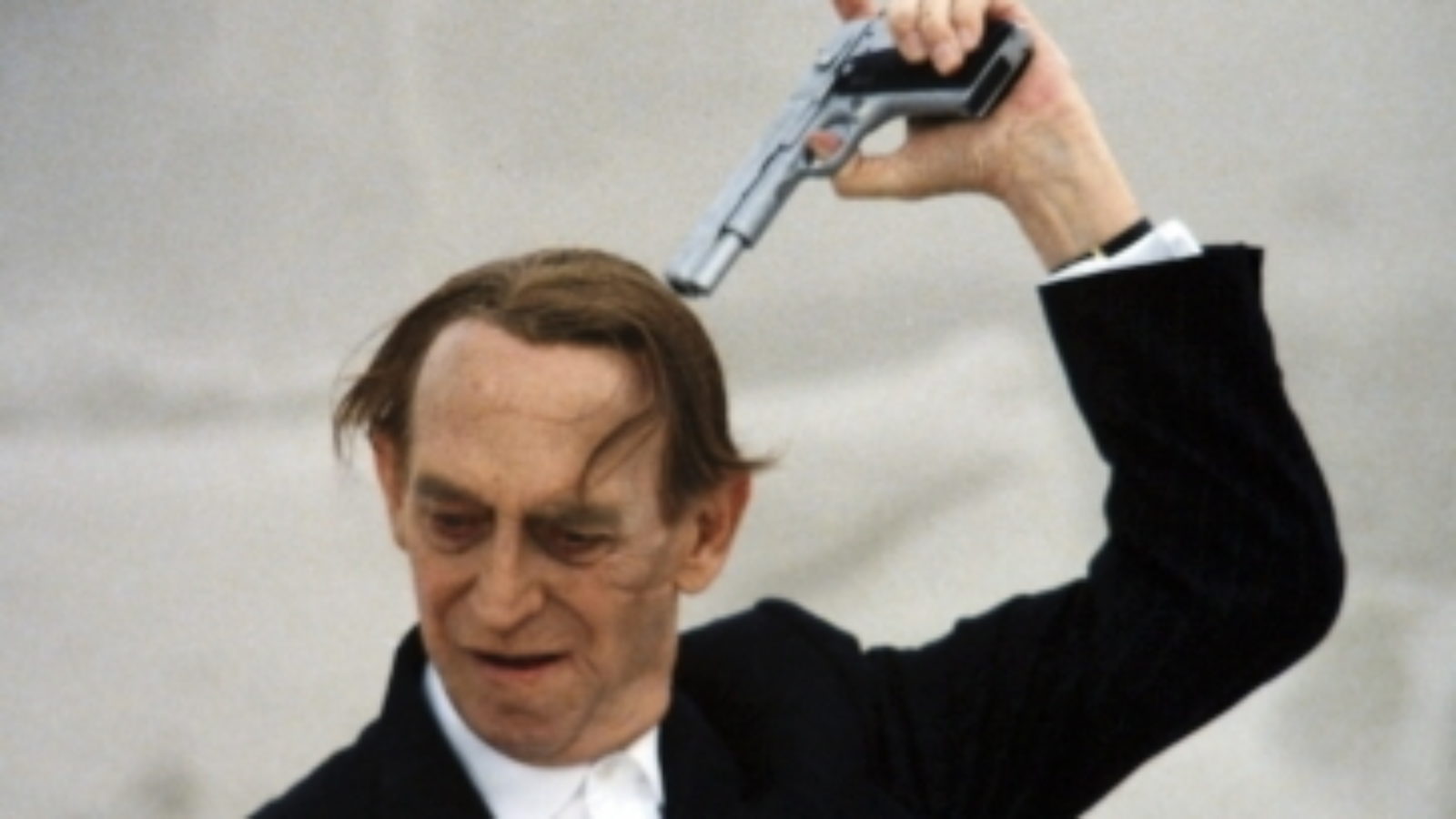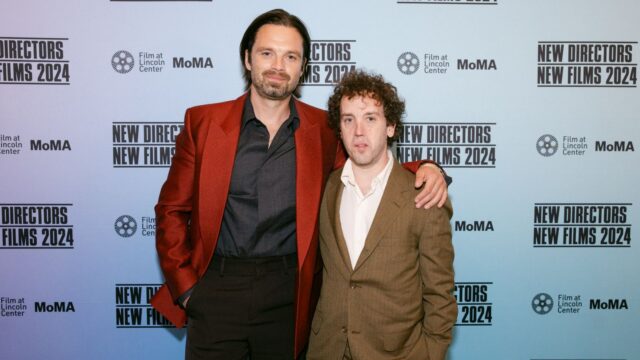Wundkanal

“An unclassifiable hybrid of fiction and documentary, Harlan’s infamous film was suppressed almost immediately after it was first unveiled in Berlin in 1984, and is, as its maker puts it, avowedly ‘monstrous.’ An old man is kidnapped by radical terrorists. His interrogation uncovers the (auto)biography of a mass murderer, Dr. Alfred Filbert, an SS commander responsible for the killing of thousands and the development of a technique for eliminating political prisoners through manipulated suicide.
The twist? The real, now-80-year-old Filbert, a convicted war criminal, plays himself. This definitively unsentimental deconstruction and reconstruction of a war criminal applies the cruelest and most inhumane strategy imaginable in order to allow Filbert to speak the plain truth. It’s not a film about the process of reclamation, but a demonstration of it. The action unfolds in a contained, perhaps microcosmic universe in which Harlan attempts to convey a constant process of construction, deconstruction, reconstruction. The film is imbued with playacting (Filbert’s permanently stunned and quieted voice, dutifully taking orders and playing his ‘role’ under layers of makeup), debilitation (the numbing effect of being questioned, again and again, about 40-year old minutiae), and the action of being distracted and disoriented, retracing your steps, forgetting your place, staying in motion, reflected in handheld camera movements that suggest the workings of a mind in continual retreat to the same carefully crafted, selective narrative. Let Thomas Harlan have the last word: ‘The only punishment I can imagine is truth.’”
—Kent Jones, Film Comment May/June 2010






